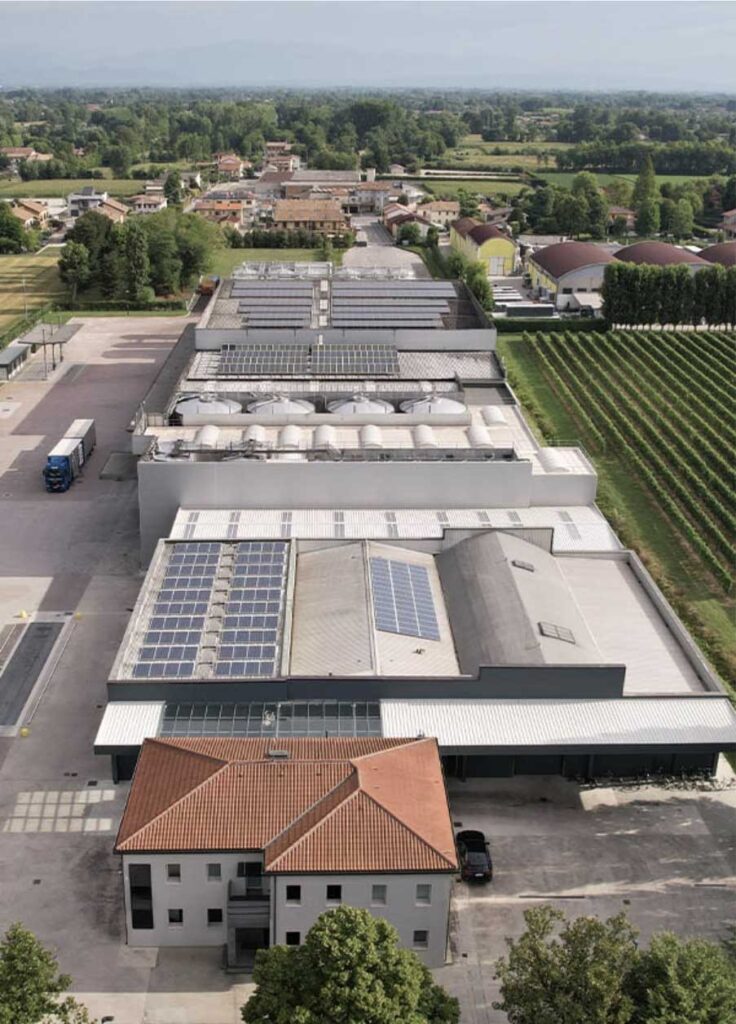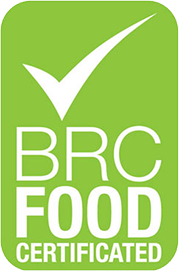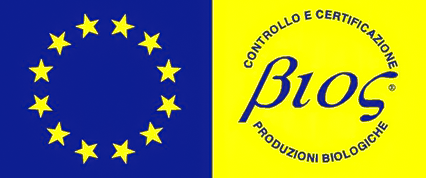Any conversation about alcohol-free wines is sure to provoke curiosity: global demand is growing, so it’s important to present a clear overview of a product whose popularity is on the increase in Italy. Indeed, international research conducted in 2021, which looked at the sales trends in ten countries, found that demand for this drink has grown by over 6%. This number seems sure to increase in years to come: growth estimates for 2022-2025 predict a further increase of around 8%.
What exactly is a ‘non-alcoholic wine’?
Non-alcoholic wine is wine that’s been dealcoholised, meaning it’s been through a process of osmotic dealcoholisation (non-chemical), a special process that allows the alcohol to be separated from the wine itself. So a dealcoholised wine is a normal wine which has had the alcohol taken out, but which retains the same level of polyphenols – those natural vegetable-based chemicals coming from the grape skins which provide a range of health benefits. These chemicals are antioxidants which provide protection from our cells from the damage caused by free radicals.
Why drink alcohol-free wine?
- Favouring alcohol-free drinks means being able to drink without the health risks associated with alcohol, such as abuse, alcoholism, or particular physical, psychological or, unfortunately also a number of diseases.
- Plus, alcohol is high in calories, and alcohol-free products can contain as little as 1/8 the calories of the same drink with alcohol.
- Some religions prohibit the drinking of alcohol, so for followers of such faiths a glass of alcohol-free wine is the ideal way to treat their tastebuds with a free conscience.
These three reasons represent the heart of the issue: the aim of alcohol-free wine is to provide the fruits of the land to those people who DON’T drink alcohol. This means that large part of the population who are teetotal can enjoy something that’s more pleasant than a sugary drink or just water, especially at mealtimes.
One common question we hear is: “What does alcohol-free wine taste like? Does it taste the same or different? Are dealcoholised wines all the same, or are there differences between them and traditional wines?”
Without a doubt, the bubbles in sparkling wines help to mitigate the absence of alcohol better than still wines. What’s more, dealcoholised whites tend to turn out more similar to their alcoholic versions, while lovers of traditional strong-tasting, full-bodied reds could slightly more difficult to get used to alcohol-free versions.
That said, dealcoholised reds still retain some of their tannins and are not as sweet as simple grape juice, which is devoid of the health-giving substances described above, and in fact contains more sugar, meaning more calories. Over and above this useful “trick”, those who really wish to gain a greater understanding of alcohol-free wines need to be prepared to make a “mental switch”: the key to really enjoying alcohol-free wines to the full is to taste them with an open mind, and to avoid drawing comparisons with traditional wines.
It should be pointed out that the legal definition of ‘alcohol-free’ is a drink with an alcohol content below 1.2 % ABV, so to be absolutely sure that what you’re drinking is completely free from alcohol, especially those who have liver problems or similar diseases, it’s important to only select drinks labelled as having 0.0% ABV.






